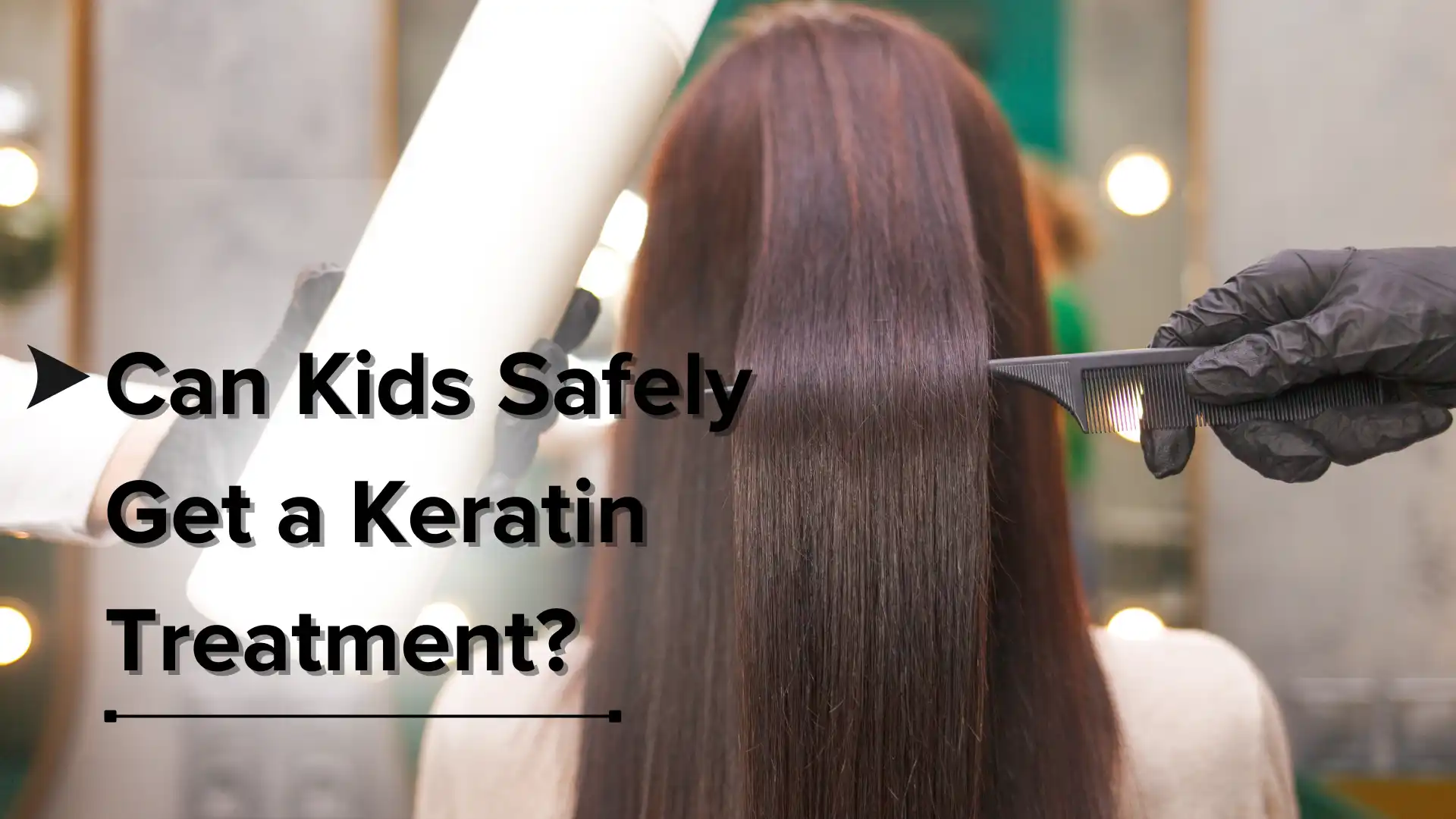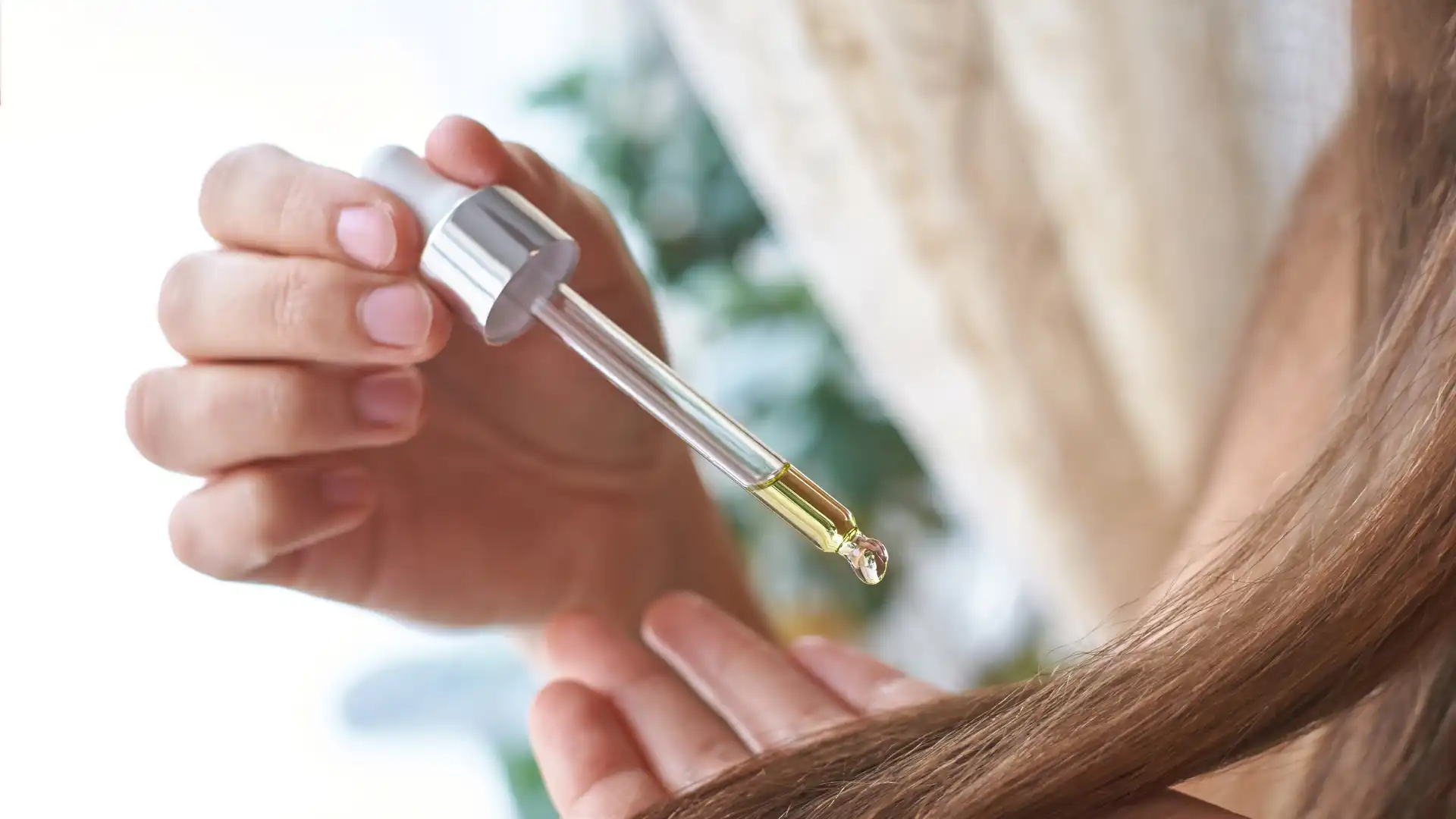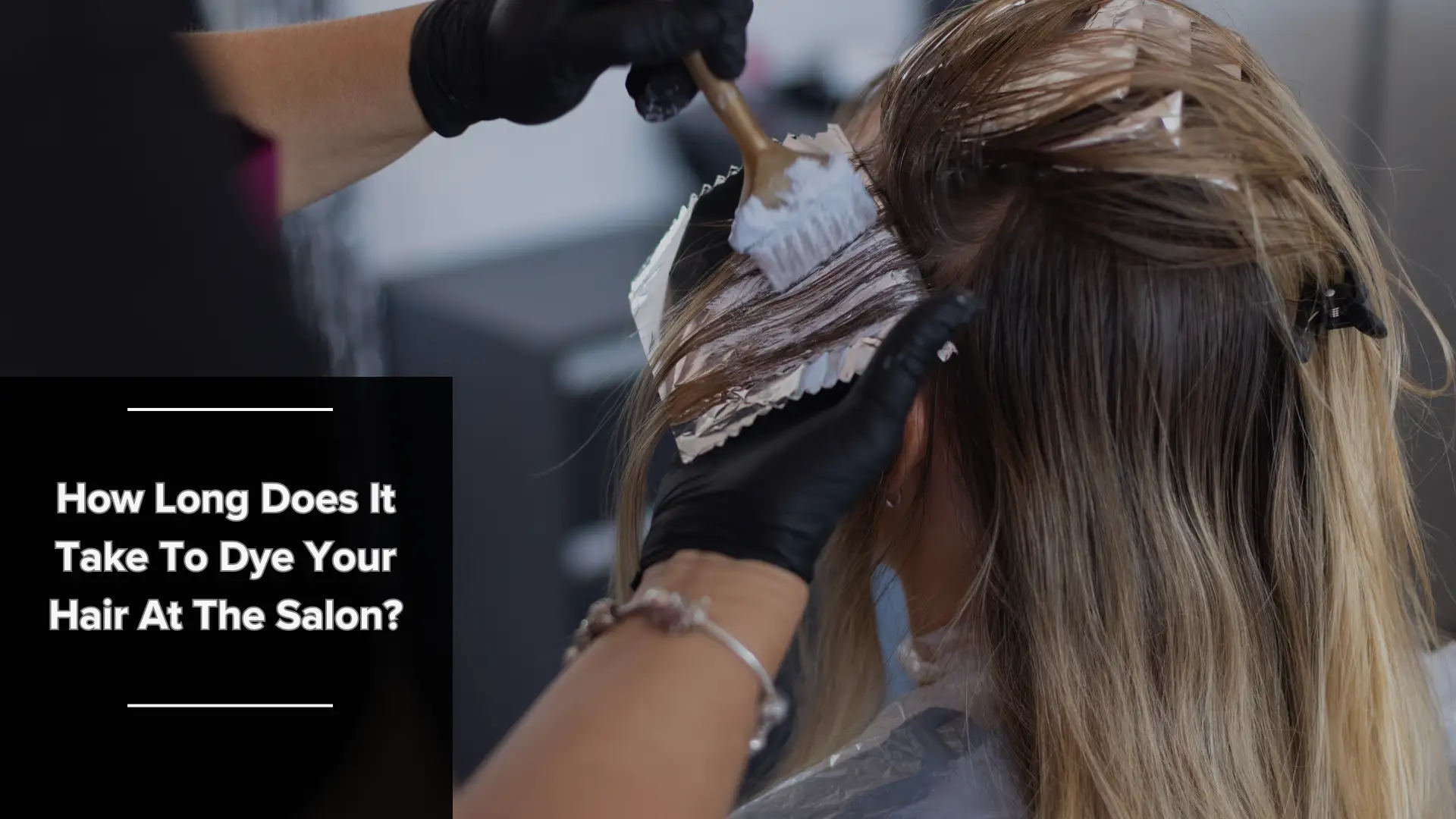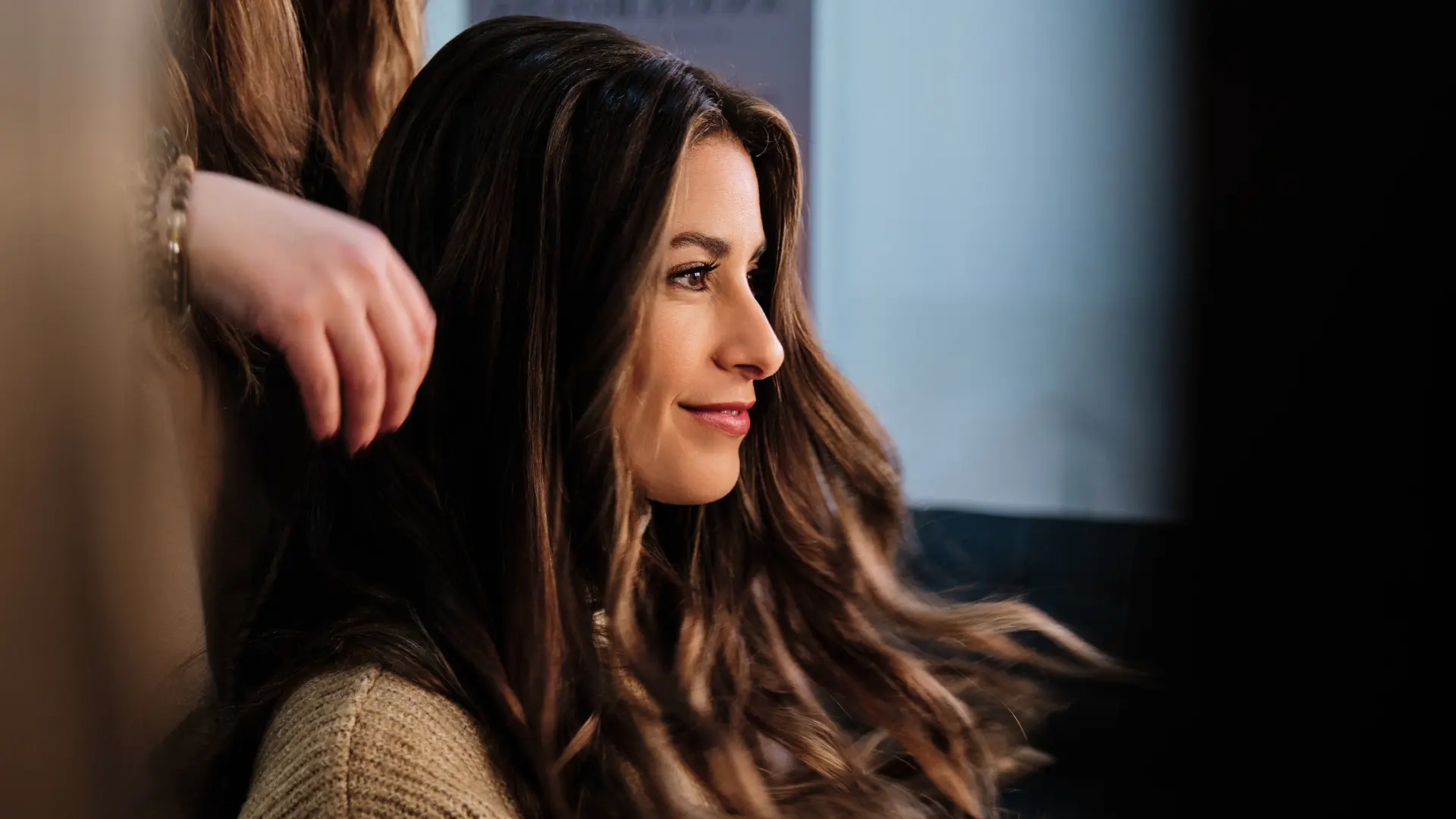Keratin treatments are all the rage right now as a means to relax and flatten unruly and frizzy hair into a natural, straight character. Keratin is popular with adults, but its increasing frequency with children has many wondering: Can kids get keratin treatment safely?
The answer is yes. Keratin treatments are generally safe for children and pose minimal risk when performed by a professional. However, parents may still be wary of them and prefer alternate methods for caring for their children’s hair.
What Are the Benefits of Keratin Treatments for Children’s Hair?
Since they are becoming more popular, more hair styling companies are creating keratin treatments designed specifically for children’s more delicate hair.
Reduce Frizz
One of the main reasons children get a keratin treatment is that it can reduce frizziness and curliness, making hair more manageable. Keratin restores the hair’s natural protein, giving it a shinier and healthier look that won’t stick up.
Fewer Tangles
Keratin treatments can also smoothen hair and reduce tangling. Tangles can be painful, especially if they form near the base of the hair and pull on the scalp. It straighten hair, making knotting and tangling less likely.
Stronger Hair
Extremely curly hair is prone to breakage because it is tightly coiled and easy to dry. Keratin treatments replenish hair’s natural structural proteins, making hair stronger and less likely to break. Les hair will fall out, and your child will have fewer split ends.
Faster Drying
It can also help hair dry faster. They smooth hair cuticles, allowing it to retain less moisture and dry quicker.
Are There Any Risks of Keratin Treatments for Kids?
Keratin treatments are largely safe but, like any kind of chemical treatment, can have side effects. Some potential side effects of it might include:
-
Eye irritation
-
Nausea
-
Rashes
-
Respiratory irritation
-
Coughing
-
Allergic reaction
Many keratin treatments may also contain formaldehyde, which can damage hair if not applied properly.
Why You Should Consult a Hair Professional Before a Child’s Keratin Treatment
Everyone’s hair is different, and not everyone is a good candidate for keratin treatments. For example, it may not suit someone with excessively fine or thin hair. You might also wonder if kids can get keratin treatment. While it can be safe for children, they may not be suitable for those with certain skin conditions.
A hair professional can help you decide whether keratin treatments are good for your child and provide appropriate products that reduce the risks of complications or side effects.
Professionals also know how to perform keratin treatments properly and safely. Professional treatments have adequate ventilation to prevent inhaling harmful fumes, and keratin treatment specialists know how to reduce the chance of allergic reactions.
Post-Treatment Care Advice
You must properly care for your child’s keratin-treated hair to make the results last.
-
Keep the hair dry, and don’t wash it for a few days after treatment.
-
Don’t use sulfate shampoos, as they can undo the keratin treatment.
-
Don’t pull back the hair for at least three days post-treatment.
-
Use a silk pillowcase when sleeping to avoid hair damage.
-
Blow dry the hair after it gets wet from any source, including sweat.
Alternatives to Keratin Treatments for Children
If parents are uncomfortable with keratin, there are other options for hair smoothing treatments for kids.
Aloe Vera
Aloe vera can remove sebum from hair, making it smoother and soft. Simply apply aloe vera to your child’s scalp and work it through their hair. Aloe vera can also reduce scalp itchiness or irritation resulting from frizzy hair.
Coconut Oil
Coconut oil is another option for hair control and contains large quantities of vitamin E, essential for hair growth and a healthy scalp. Coconut oil can also smooth and strengthen hair, preventing breakage and loss. Lastly, the lauric acid in coconut oil can reduce irritation and inflammation that cause dandruff and flakes.
Formaldehyde-Free Treatments
Another option is formaldehyde-free keratin treatments. These types of treatments use glycolic acid to open up hair strands and infuse them with keratin molecules. Glycolic acid is less potentially harmful than formaldehyde, although glycolic acid keratin treatments do not last as long.
Hair Therapy and Styling Salon
Therapy Hair Studio offers a professional and personalized hair salon experience in Houston. If you’re wondering if kids can get keratin treatment or want to learn more about our keratin hair treatments, contact us online or call today to schedule an appointment with our in-house keratin specialist, Dale Tu. We look forward to hearing from you!
Related Posts:
Brazilian Blowout vs Keratin Treatment: Key Differences
Best Hair Products for Frizzy Hair









